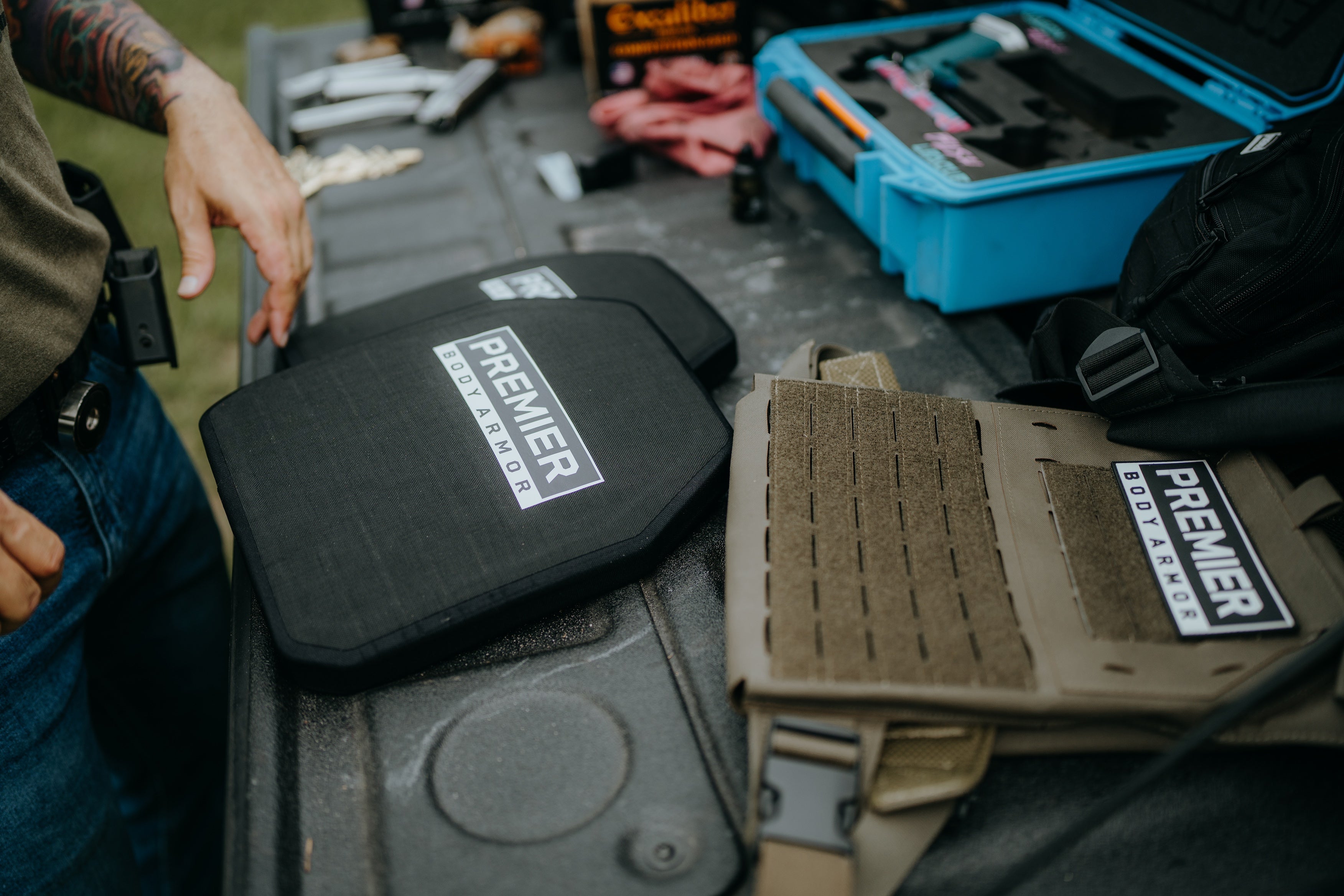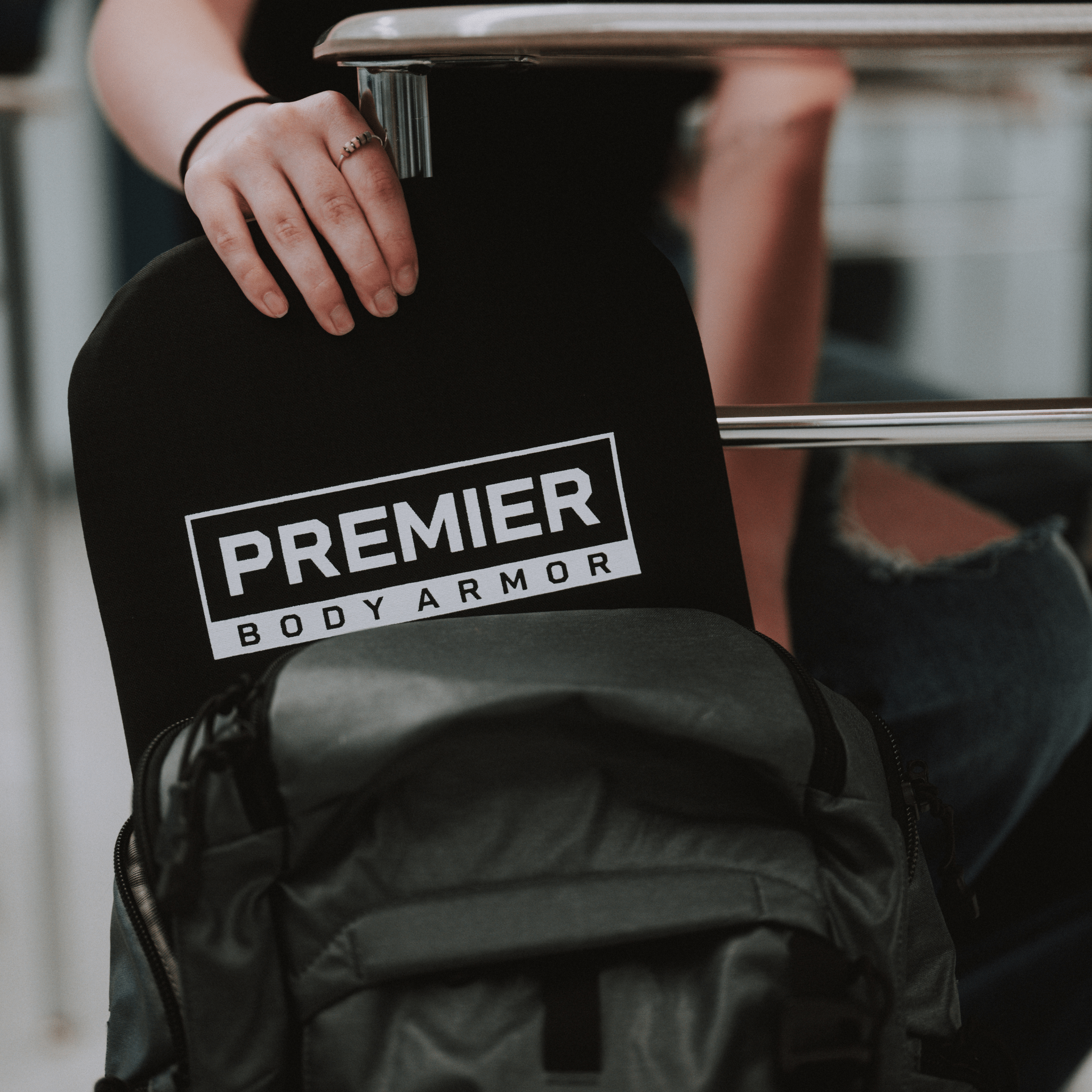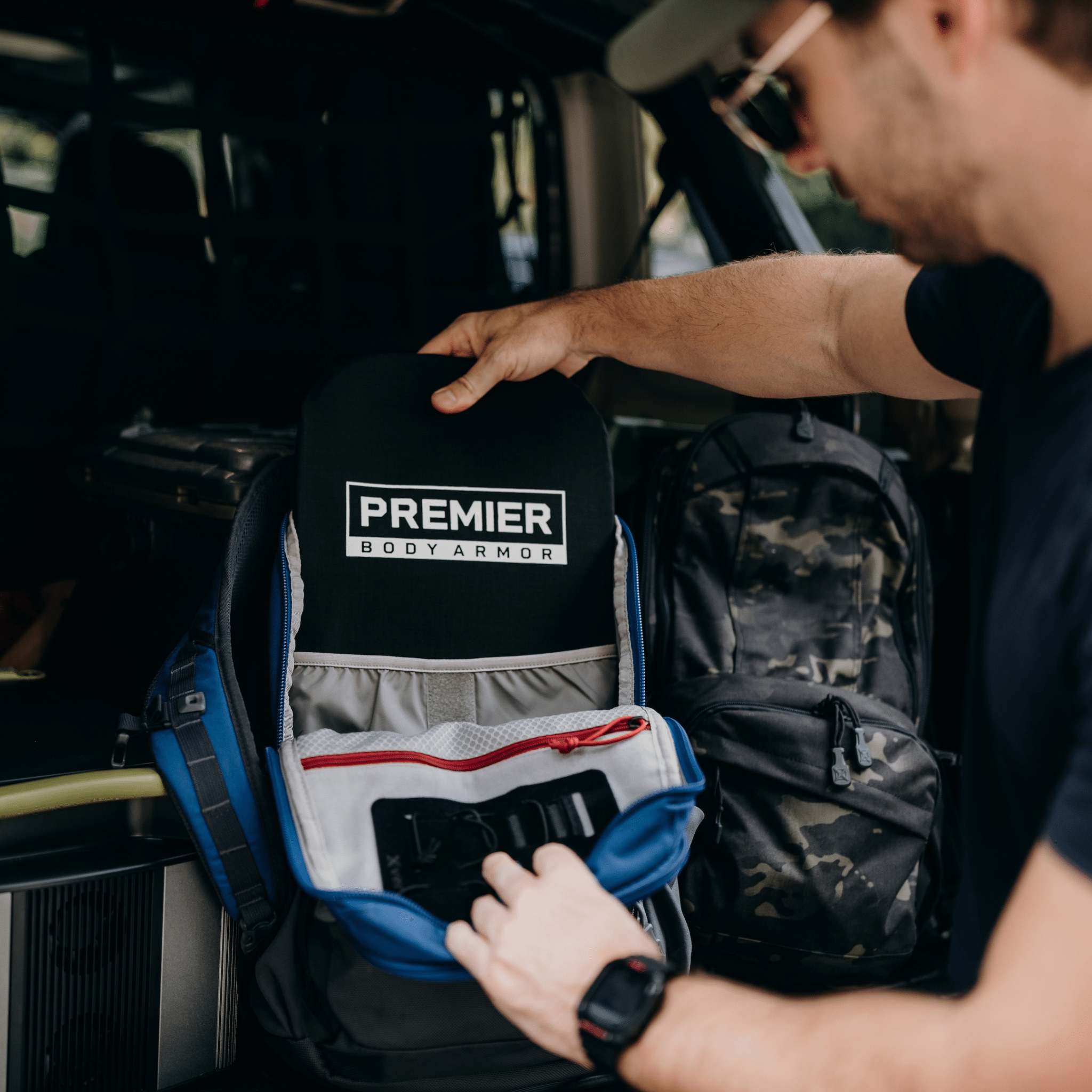Chest Rig vs. Battle Belt: The Ultimate Guide
Choosing between a chest rig vs battle belt can be challenging. Each offers unique strengths in mobility, gear distribution, and speed of access. Chest rigs centralize your load across the upper body, delivering better weight balance and plenty of space for essential gear. Meanwhile, battle belts keep the waist free for quick gear retrieval and minimal upper-body bulk.

In this guide, we’ll compare battle belt or chest rig setups, offering practical tips on fit, load configuration, and comfort. By understanding their differences, advantages, and drawbacks, you’ll be ready to assemble an efficient, well-balanced loadout for any mission or defense scenario.
Understanding Key Differences Between Chest Rigs and Battle Belts
When comparing a battle belt vs chest rig, the differences lie in where you carry your gear, how quickly you can access it, and how much weight you can comfortably distribute. A chest rig is worn across your upper body (like a reverse backpack), making magazines, medical kits, and radios easily accessible while dispersing weight evenly.
Meanwhile, a battle belt wraps around your waist, minimizing upper-body bulk and granting fast, unobstructed access to items like holsters, spare mags, and tools. If you need a minimalist loadout or plan to move frequently in and out of vehicles, a battle belt is often more practical. However, for extended missions or scenarios requiring heavier gear, a chest rig can balance weight more comfortably across your torso.
Ultimately, your choice depends on personal preference, mission requirements, and load-bearing needs. In the next sections, we’ll dive deeper into each setup and share practical tips on fitting and organizing your loadout for optimal performance.
What is a Chest Rig?
A chest rig definition: it’s a tactical load-bearing platform worn across your upper torso, designed to carry mission-critical gear, like magazines, medical kits, knives, and communication devices, within easy reach. Because the rig centers most of the weight on your chest, it helps maintain agility and balance, especially if you’re on foot or need a quick response in dynamic settings.
Chest rigs are widely used by military personnel, law enforcement, and civilian enthusiasts for their versatility in high-mobility scenarios. When evaluating chest rig pros and cons, you’ll find superior weight distribution, customizable storage options, and immediate gear accessibility among the benefits. Potential downsides include added front-end bulk and increased heat retention over prolonged wear.
For added ballistic protection, consider the Armored Viktos Taculus MX Bundle. This solution combines practical gear storage with integrated armor, making it ideal for both tactical operations and personal defense.
Advantages of Chest Rigs
Chest rig advantages start with improved weight distribution across your torso, reducing stress on your lower back and waist. Because gear is front-loaded, you can reach essentials—like extra mags, radios, or med kits - without twisting or fumbling. This modular design lets you add or remove pouches depending on your mission.
Do I need a chest rig? If you often operate on foot, appreciate hands-free mobility, and want your gear directly in front of you, a chest rig is invaluable. For a high-quality option, explore the Viktos Taculus MX Chest Rig, known for its durability, comfort, and flexible pouch configuration.
Disadvantages of Chest Rigs
While chest rigs simplify access to gear, there are notable chest rig disadvantages. Because the rig sits on your chest, it can feel bulky in tight quarters or when you need to maintain a low profile (e.g., going prone). You might also have fewer attachment points than a full plate carrier, limiting how much gear you can carry.
Another key consideration is protection. Most chest rigs lack built-in ballistic coverage, unlike plate carriers, though you can add specialized inserts like the Premier Body Armor ArmorSHIFT for Level IIIA / HG2 defense.
When deciding between a Chest Rig vs. Plate Carrier, weigh whether extra mobility and a leaner setup outweigh the need for direct ballistic protection.
What is a Battle Belt?
A battle belt is a tactical belt designed to secure holsters, rifle magazines, medical kits, and other essential tools around your waist. Typically worn as an easily removable outer belt, it shifts weight away from your torso and frees your upper body for unrestricted movement.
What is a battle belt used for? It’s a lightweight, low-profile solution to carrying mission-critical equipment without resorting to a full chest rig or plate carrier. Battle belts are especially useful in vehicle operations or confined spaces, where chest rigs might feel cumbersome. They also appeal to competitive shooters who need quick, efficient gear access while maintaining agility.
Advantages of Battle Belts
Do I need a battle belt? For a lightweight, convenient gear platform that leaves your chest and shoulders free, a battle belt may be the perfect choice. Because it rests on your waist, you can quickly attach or remove it, making it ideal for situations where you need to get in and out of gear fast, like transitioning between vehicles and on-foot operations.
Is a battle belt rig setup worth it? If you’re law enforcement, military, or a competitive shooter who prioritizes speedy draws and gear access, yes. You’ll stay cooler, lighten the load on your upper body, and maintain better maneuverability.
Disadvantages of Battle Belts
Despite their efficiency, there are downsides to battle belts. If you overload your belt with pouches or heavy gear, it can become uncomfortable over time - especially during prolonged standing or patrolling. You also have less total storage capacity compared to a chest rig, which might limit your ability to carry additional items like comms gear or extra mags.
Gear placement can be trickier, too, since items behind your hips may be harder to reach quickly. And if you fail to balance the weight on both sides, you could experience discomfort or shifting during movement. Regularly adjust and test your battle belt loadout to ensure proper fit and stability.
Battle Belt or Chest Rig: Which is Right for Your Needs?
Choosing between a battle belt or chest rig depends on your mission profile, mobility requirements, and overall gear needs. If you rely on a lighter loadout and value quick attachment/detachment, like in vehicle operations or short engagements, a battle belt’s low-profile design may serve you best. On the other hand, if you need larger storage capacity and prefer your gear distributed across your torso, a chest rig could be the ideal solution.
Are you debating a chest rig or battle belt for airsoft? A battle belt might allow for faster reloads, but you could sacrifice carrying capacity. For chest rig or battle belt home defense, a battle belt can be thrown on quickly for immediate response. Ultimately, test both if possible. Comfort, fit, and personal preference often make the final call.
Can You Combine a Chest Rig and a Battle Belt?
Absolutely. A chest rig and battle belt combo allows you to split your gear for maximum efficiency. Keep essential items, like mags or a medical gear, readily accessible on your chest rig, and stash secondary tools or heavier items on your battle belt. This battle belt chest rig combo prevents overloading either system while increasing overall capacity.
A chest rig with battle belt setup is especially useful if you move between high-intensity situations and downtime. You can remove the belt when seated or driving, while keeping your chest rig on for immediate readiness. For additional protection, you can even fit ballistic inserts into certain chest rigs. For more info on comprehensive setups, check out our guide to plate carrier loadouts.
Fortifying Your Personal Defense Equipment with Premier Body Armor
If you’re looking to optimize your defensive gear, choosing the best chest rig is critical to ensure efficiency, durability, and comfort. Whether you serve in law enforcement, the military, or simply want to be prepared for personal defense, carefully consider how your rig pairs with the rest of your kit, such as a battle belt or ballistic plates.
Searching for the best affordable chest rig? Premier Body Armor’s Armored Viktos Low Key Chest Rig Bundle delivers discreet everyday carry protection. For more high-speed tactical demands, the Armored Taculus MX Chest Rig offers durability and design innovation. Both blend the trusted protection of Premier Body Armor and the practical design Viktos is known for.
Conclusion
Ultimately, picking a chest rig vs. battle belt setup depends on what you carry, how you move, and the level of protection you need. A battle belt keeps your torso unencumbered and favors speed, while a chest rig balances heavier or more gear across your upper body. Combine them if you need extra capacity and quick gear transitions.
At Premier Body Armor, our mission is to empower you with quality armor solutions and expert insights. Upgrade your personal defense gear today by exploring our catalog of tactical equipment; your readiness for any scenario begins with the right setup.










Leave a comment